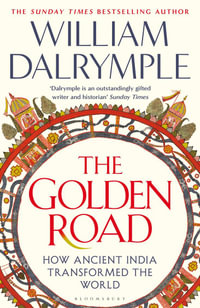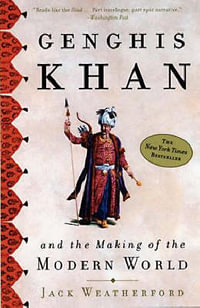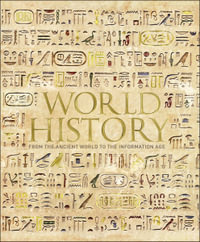Envisioning a Tibetan Luminary examines the religious biography of Shardza Tashi Gyaltsen (1859-1934), the most significant modern figure representing the Tibetan Bön religion-a vital minority tradition that is underrepresented in Tibetan studies. The work is based on fieldwork conducted in eastern Tibet and in the Bön exile community in India, where traditional Tibetan scholars collaborated closely on the project. Utilizing close readings of two versions
of Shardza's life-story, along with oral history collected in Bön communities, this book presents and interprets the biographical image of this major figure, culminating with an English translation of his life
story.William M. Gorvine argues that the disciple-biographer's literary portrait not only enacts and shapes religious ideals to foster faith among its readership, but also attempts to quell tensions that had developed among his original audience. Among the Bön community today, Shardza Tashi Gyaltsen has come to be unequivocally revered for an impressive textual legacy and a saintly death. During his lifetime, however, he faced prominent critics within his own lineage
who went so far as to issue polemical attacks against him. As Gorvine shows, the biographical texts that inform us about Shardza's life are best understood when read on multiple registers, with attention
given to the ways in which the religious ideals on display reflect the broader literary, cultural, and historical contexts within which they were envisioned and articulated.
Industry Reviews
"Envisioning a Tibetan Luminary is a much-needed contribution to the study of Himalayan religions, and scholars of Buddhism would be wise to reflect on its contents as a model for investigating the relationship between Buddhism and its local and regional folk practices." -- Blayne Harcey, Religious Studies Review
"the book would be ideal for an undergraduate course on methodology or a course focused around coaching students in developing their skills of textual analysis." -- Natasha L. Mikles, Nova Religio
"[H]ighly illuminating to specialists wanting to learn more about the recent history of Bön, those interested in the study of hagiographic production, or anyone who appreciates carefully conducted and exquisitely written scholarship." -- The Journal of Religion
"William Gorvine's Envisioning a Tibetan Luminary brings to life the figure of Shardza Tashi Gyaltsen, one of the most influential (and controversial) Bönpo scholars of all time. Much more than a biography, Gorvine's work is also an analysis of Shardza's writings and historical context. It is also, by the way, a wonderful introduction to Bön, Tibet's 'indigenous' religion. Erudite yet accessible, this book is a must read for anyone
interested in Tibetan religion."--José I. Cabezón, Dalai Lama Professor of Tibetan Buddhism and Cultural Studies, University of California Santa Barbara
"Envisioning a Tibetan Luminary is our most expansive exploration to date of traditional Tibetan approaches to Bön life writing. Gorvine illuminates for the first time the ways in which Bönpo authors sought to represent new forms of religiosity, self-identity, and institutional legitimacy in an overwhelmingly Buddhist landscape. This work does much to expand and complicate our understanding of religion in Tibet and the Himalayan region."--Andrew
Quintman, Associate Professor of Religion at Wesleyan University and author of The Yogin and the Madman: Reading the Biographical Corpus of Tibet's Great Saint Milarepa
"Gorvine's narrative is a brilliant exposition of the general tenets of the Tibetan Bön religion. This represents an excellent introduction to the doctrine and ascetic practices of Bön as demonstrated through the life of one of its most beloved and celebrated recent masters. The rationale of this study is to highlight the function of a Tibetan literary genre, the hagiography (namtar), as a teaching device as well as to inspire practitioners
and the faithful. Gorvine not only manages to convey the full extent of the original two Tibetan works but is also able to contextualize the events reported as well as the nature and type of spiritual work Shardza was
engaged in. In this way, students of Bon as well as scholars researching the material that is the basis for practice amply demonstrated here are able to benefit from the reading of this very accessible study."--J. F. Marc des Jardins, Associate Professor of Religion and Cultures, Concordia University

























